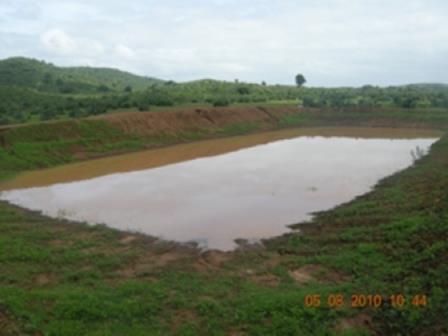Irrigation requirement of onion depends upon the season, soil type, method of irrigation and age of the crop. In general, onion needs irrigation at the time of transplanting, three days after transplanting and subsequently at 7-10 days interval depending upon the soil moisture. In general, Kharif crop needs 5-8 irrigations, the late Kharif crop requires 10-12 and Rabi crop needs 12-15 irrigations. Onion being a shallow rooted crop, needs frequent light irrigation to maintain optimum soil moisture for proper growth and bulb development. Irrigation needs to be stopped when the crop attains maturity (10-15 days before harvest) and the top starts falling which helps in reducing the rotting during storage.
Like and share with other farmers by clicking on button below.
Share









